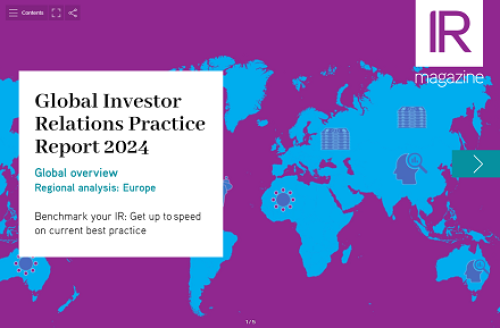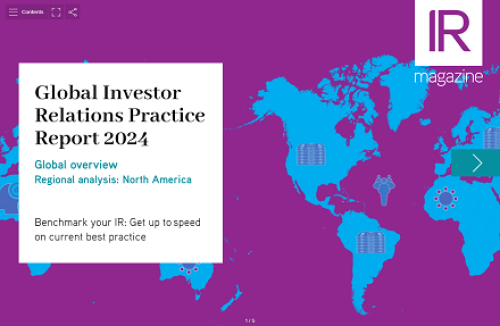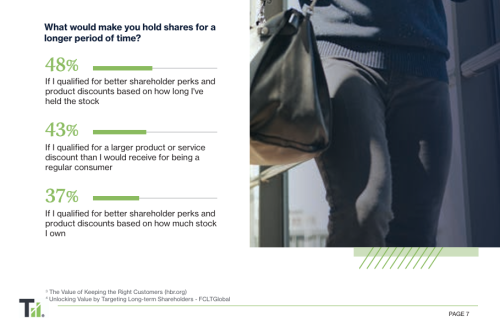Predictability in high-frequency trading (HFT) returns and durations is ‘large, systemic and pervasive,’ say the Princeton University researchers behind a new paper.
With ‘minimal algorithmic tuning’, HFT firms can predict the direction of a trade, over the next five seconds, to 63 percent accuracy, write researchers Yacine Aït-Sahalia, Jianqing Fan, Lirong Xue and Yifeng Zhou in a working paper titled How and when are high-frequency stock returns predictable?
The 58-page research paper also finds that returns and trade direction are more predictable for lower-priced stocks that are ‘less liquid, less volatile, and less correlated with the aggregate market’.
Certain times of day – the end of the trading day in particular – are also found to be more predictable than others, something researchers term ‘intraday seasonality’.
‘It is well documented that volatility is typically higher at the beginning and the end of trading days and lower in the middle, and spreads tend to decrease throughout the day,’ state the researchers. Dividing the trading day into a 9.30 am-10.00 am opening session, a 10.00 am-3.30 pm midday session and a 3.30 pm-4.00 pm closing session, they find that returns ‘tend to be easier to predict in the middle of the day rather than at the beginning of the day, possibly owing to large moves typically [being] concentrated during the overnight hours, while durations are similarly predictable.
‘Interestingly, predictability at the end of day is higher for all of the prediction problems we considered, despite the higher volatility,’ they add, ‘suggesting that the trading patterns at the end of the day are more consistent across days’.
All predictability soon hits zero, however. ‘Prediction becomes no better than a coin toss… in just five minutes’ or around 2,000 transactions, finds the team.
The impact of a lag – and a look ahead
Other factors also influence how accurate HFT predictions are. While researchers note that 80 percent of the overall predictability is achieved by relying on the most recent 10 milliseconds – or 10 transactions – they also show that introducing a small artificial delay in data processing, in the form of a lag, ‘decreases sharply the accuracy of the predictions’.
This ‘speed bump’ idea is central to the IEX Stock Exchange, which, by adding additional cable to its messaging system, creates a 350-microsecond delay. ‘The philosophy behind the speed bump is that no market participant should be able to have a speed advantage over the exchange itself,’ says the exchange.
The paper also looks at the impact of ‘signal’ on order flows from different exchanges. ‘We simulate the impact of getting an (imperfect) peek at the incoming order flow, a look ahead ability that is often attributed to the fastest HFTs, in terms of improving the predictability of the following returns and durations,’ writes the team. They find that this ‘peek’ boosts return predictability from 14 percent to 27 percent and price direction accuracy from 68 percent to 79 percent. While the researchers stress that they ‘take no stand on whether traders have in reality the ability to infer the direction of the incoming order flow,’ they say that ‘what is clear, is that such ability is (or would be) very valuable.’
Talking about the purposes of the paper, the Princeton team also sets out what the research is not designed to do. ‘This paper is about quantifying the predictability in high frequency short horizon prices, showing how it can be achieved and understanding the impact of different environments,’ they write. ‘It is not about why such predictability is present in the first place.
‘Answering the ’why’ question is certainly interesting but the ’how and when’ analysis in this paper is a natural prerequisite. And understanding the underlying sources of the predictability, from specific aspects of the design and operations of financial markets to traders’ strategies, would require a very different set of methods than those employed in this paper.’
For the research, the team used ‘the complete transactions and quote data for the 101 stocks that were constituents of the S&P 100 index’ from January 2019 to December 2020 – a period that included the start of the Covid-19 pandemic and what researchers describe as the ‘highly volatile environment of March and April 2020’.










